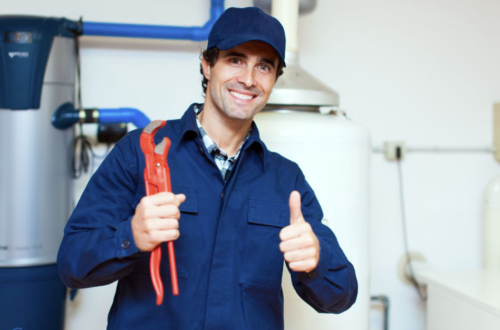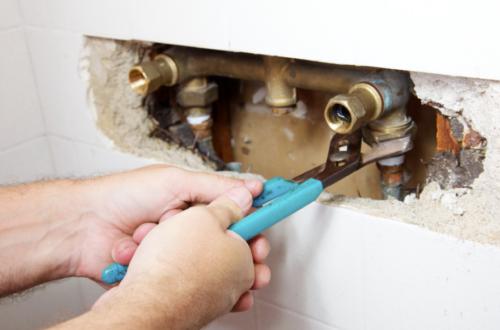Expert Tips for DIY Plumbing Repairs That Save You Money
Plumbing issues can be a real headache for homeowners. From leaky faucets to clogged drains, these problems can disrupt your daily routine and drain your wallet. However, not all plumbing repairs require a professional plumber. With the right knowledge and tools, you can tackle some DIY plumbing repairs that will save you money. In this article, we will provide you with expert tips to help you successfully handle common plumbing issues on your own.
1. Fixing a Leaky Faucet
One of the most common plumbing issues is a leaky faucet. Not only does it waste water, but it can also lead to higher water bills. To fix a leaky faucet, start by turning off the water supply to the affected faucet. Next, disassemble the faucet by removing the handle and the cartridge or valve stem. Inspect the cartridge or valve stem for any damages, and replace it if necessary. Reassemble the faucet and turn the water supply back on. Voila! Your leaky faucet should now be fixed.
2. Unclogging a Drain
A clogged drain is another common plumbing problem that can be resolved without calling a plumber. Begin by using a plunger to create a vacuum and dislodge the clog. If that doesn’t work, try using a drain snake to remove the obstruction. Insert the snake into the drain and twist it to break up the clog. Pull out the snake, and run hot water to flush away any remaining debris. Remember to wear gloves and take necessary precautions when dealing with drain clogs.
3. Patching a Leaky Pipe
Leaky pipes can cause significant damage if not addressed promptly. To patch a leaky pipe, start by turning off the water supply to the affected area. Clean the pipe thoroughly to remove any dirt or debris. Apply plumber’s epoxy or pipe repair tape to the leaky area, following the manufacturer’s instructions. Make sure to wrap the tape tightly around the pipe or apply a sufficient amount of epoxy to seal the leak. Turn the water supply back on and check for any remaining leaks.
4. Replacing a Toilet Flapper
If your toilet keeps running even after flushing, it could be due to a faulty flapper. To replace a toilet flapper, turn off the water supply to the toilet and flush to empty the tank. Remove the old flapper by detaching it from the flush valve. Install the new flapper by attaching it to the flush valve and securing it in place. Turn the water supply back on, and your toilet should now function properly.
FAQs
Q: Are all plumbing repairs suitable for DIY?
A: While many plumbing repairs can be done by homeowners, certain complex issues may require professional assistance. It’s important to assess your own skills and knowledge before attempting any major plumbing repairs.
Q: How can I prevent plumbing issues in the first place?
A: Regular maintenance is key to preventing plumbing problems. Ensure you inspect your plumbing system regularly, fix any minor issues promptly, and avoid pouring grease or other harmful substances down the drains.
Q: When should I consider calling a professional plumber?
A: If you encounter a plumbing problem that exceeds your expertise or requires specialized tools and equipment, it’s best to call a professional plumber. They have the necessary skills and experience to handle complex plumbing issues safely.
Now that you have gained some expert tips for DIY plumbing repairs, you can confidently tackle common plumbing problems without breaking the bank. Remember to always prioritize your safety and seek professional help when needed. For more detailed information on plumbing repairs, you can check out this resource. Happy plumbing!






